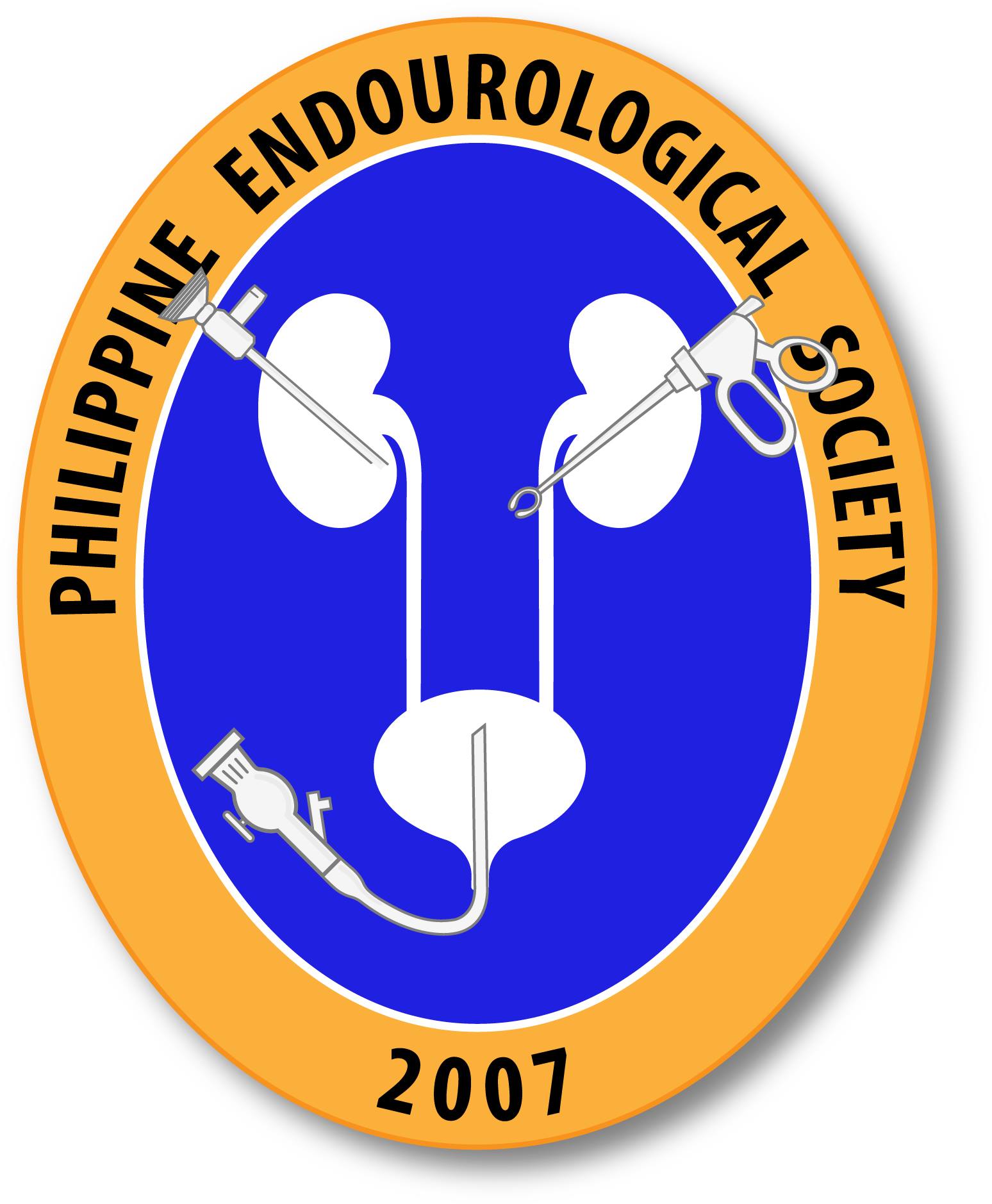(UroToday.com) Late relapses of germ cell tumors are defined as disease relapse more than two years after treatment. Monitoring per NCCN guidelines includes a combination of imaging along with a physical exam and tumor markers from years 3-5 post-diagnosis and an annual physical exam with tumor markers after 5 years. A previous study1 suggested that out of 83 patients with late relapse disease, 43/49 attained a complete response with surgical treatment whereas only 6/32 patients treated with chemotherapy attained a complete response, including 4 patients who had never received chemotherapy. This publication suggested that late relapses, especially in chemotherapy-exposed patients, should be managed with surgery if feasible. To expand upon this data set, Dr. Richardson and colleagues identified an additional 90 patients diagnosed with late relapse between 2000 and 2019 at Indiana University. By examining the method of detection of relapse, the prior treatment context of these patients, the site(s) of relapse, treatment received, and outcomes, the authors analyzed the progression-free and overall survival of chemotherapy-naïve and chemotherapy-exposed late relapse patients, with further subset analysis by disease histology.
